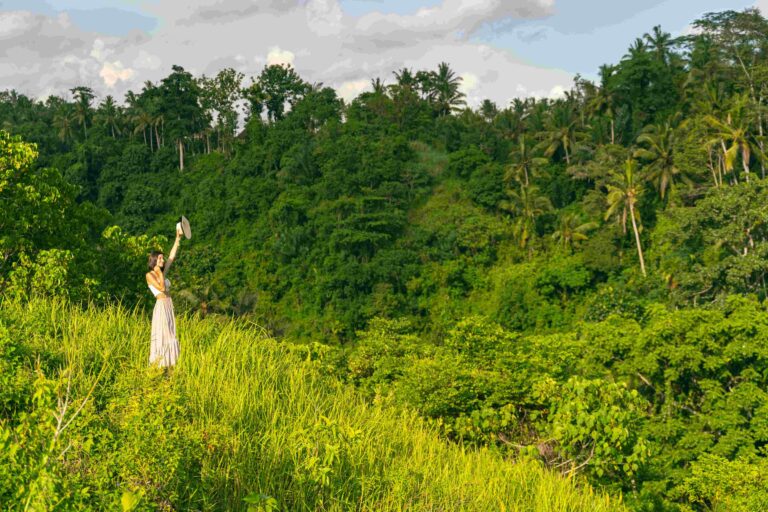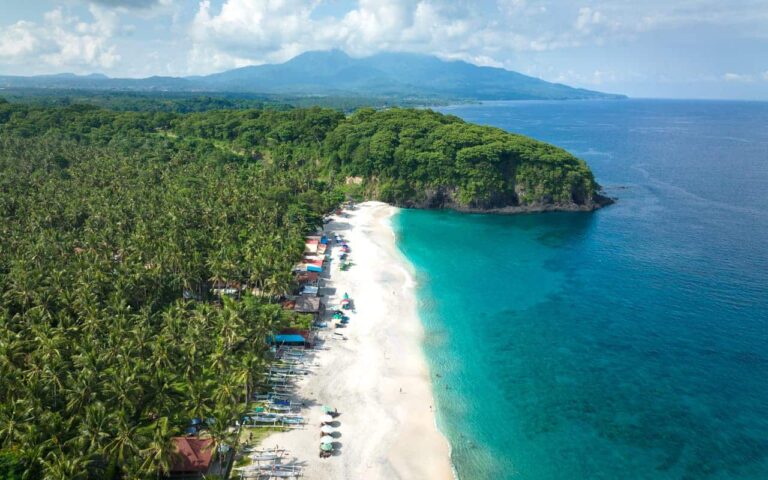The Balinese caste system is a real thing and it originates in Hinduism and mirrors, to some extent, the caste system of India.
However, it’s worth noting that the caste system in Bali also has some distinct differences from its Indian origins and while there is such a thing as “lower caste” in Bali, the Balinese population does not heavily discriminate against this group.
Here’s what you need to know about the Balinese caste system and how it affects life on the island and Balinese culture as a whole.
The Traditional Caste System Of Bali And The Balinese Language

The caste system here in Bali uses four castes to carry out its social organization of the people of the island.
Observers from as far back as the 19th century noticed that Bali’s castes didn’t work in the same way as the caste system in India and that mainly the biggest difference when dealing with someone outside of the same caste was the use of language.
Typically, “Middle Balinese” was used as the preferred form of address until someone’s caste was established and then the appropriate mode of communication was decided upon.
Today, however, most Balinese don’t know the “sacred language” or “high Balinese” and only scholars and some Brahman will use it. Mostly, everyone uses middle Balinese. Though occasionally, the higher caste will use low Balinese to remind those outside of their own caste of their status.
The four main castes are the peasant caste, the merchant caste, the warrior caste and the Brahman caste. Let’s take a quick look at each of them and how they work.
Sudras (Shudras) – Peasant Caste
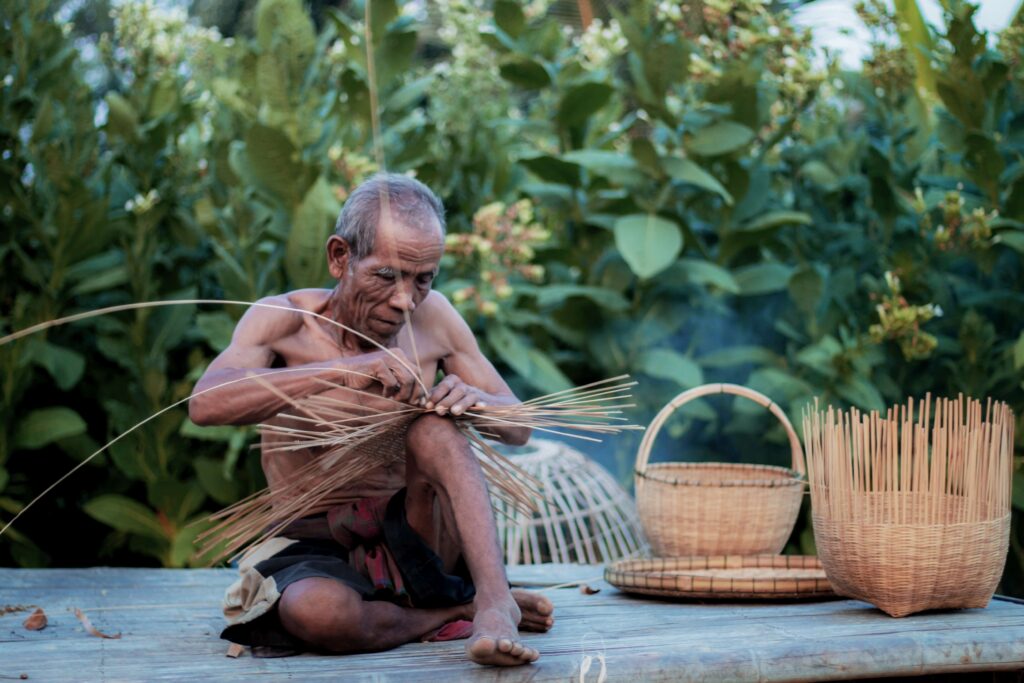
This is the lower caste but it’s important to realize that about 93% of all the Balinese people fall into this lower caste.
Sudra people don’t use titles and the simple Balinese naming system is standard with members of this caste.
Wesias (Vaishyas) – Merchant Caste
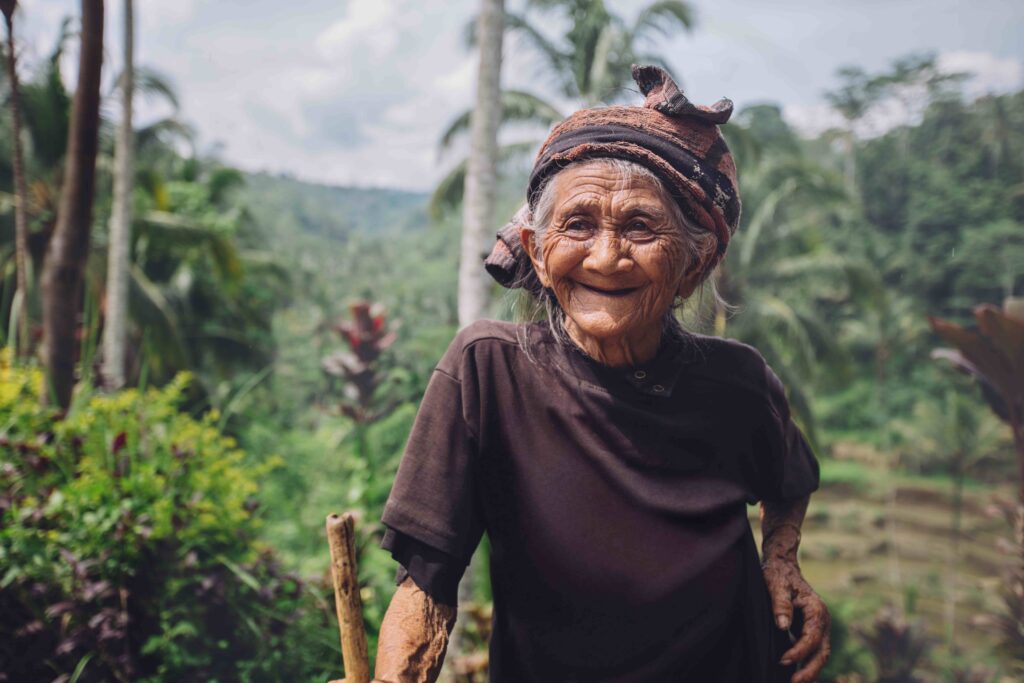
If someone has Gusti, Ngurah, Dewa or Sang in their name, it indicates that they are from the mercantile class.
The merchants originally came to Bali from Java and there were three main groups all of which would have been referred to as “Gusti” back then, the other classifications have evolved over time.
Satrias (Kshatriyas) – Warrior Caste

Balinese Kshatriyas trace their origins back to the Gelgel Kingdom (known as Klungkung, today).
All of this caste has Tjokorda or Anak Agung as part of their name and these are considered to be titles worthy of respect.
It’s said that some members of this higher caste believe that they should be considered at the same level as the temple priests and Brahmins. However, in practice, this isn’t the way that the caste system functions and there are distinct privileges enjoyed by Brahmins that are not open to Kshatriyas.
Brahmans (Brahmins) – Brahmana Caste Or Priest Caste
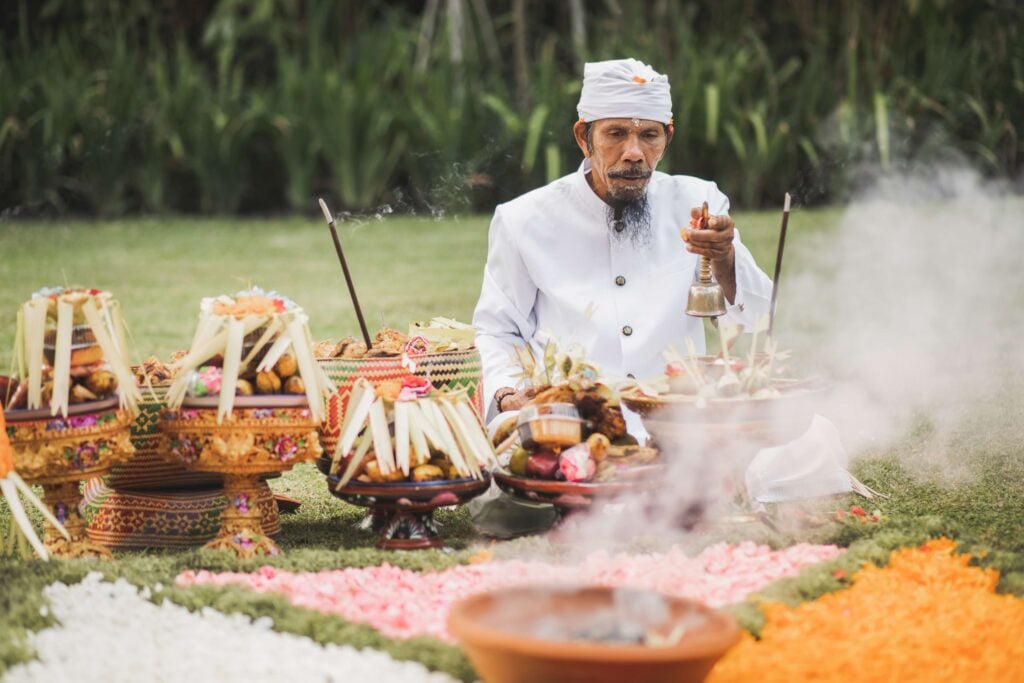
If someone has Ida Bagus or Ida Ayu/Dayu in their name, they are Brahmin and that means they are oft the highest caste.
Inter-caste marriage is permitted for this class and generally speaking, if a man marries a member of the Kshatriya families, his rank will not change.
In fact, in some cases, his partner will be elevated to the rank of Brahmin.
However, if a man marries a member of the Wesya, he may keep his title but she must keep hers.
It’s worth noting that for a long time if a higher caste woman married someone from a different caste then there were often severe punishments for doing so (including death).
However, today this idea divides society and Hindu devotees say that it’s totally at odds with the Tri Hita Karana principles of their religion.
That means that women are no longer punished for marrying beneath their status but that they must surrender their Brahman title if they do.
The Origins Of The Caste System In Bali
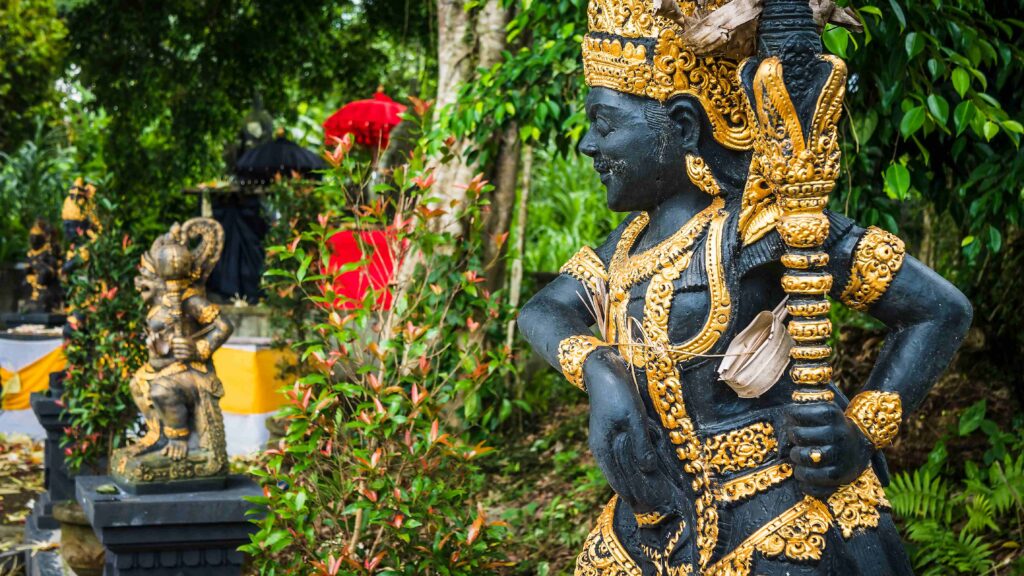
The caste system on the island was, of course, influenced by the system used in India which is where the Hindu faith comes from.
However, Balinese Hinduism is not Indian Hinduism and over time things have changed dramatically between the two.
It’s also worth noting that there was a form of caste system in existence in Bali prior to the adoption of the Hindu faith and this too provides influences over the current system.
Balinese temple festivals and religious ceremonies are both markedly different from the Indian system and now, the caste system is too.
Importantly, since Bali became part of Indonesia, the Indonesian government has strict prohibitions against anyone being mistreated for their caste status.
This means that caste will rarely influence social interactions (most of which are conducted in Bahasa Indonesia now rather than Balinese) and is often really only revealed around the temple priest.
The Modern Influences Of The Social Organization Of Castes In Bali
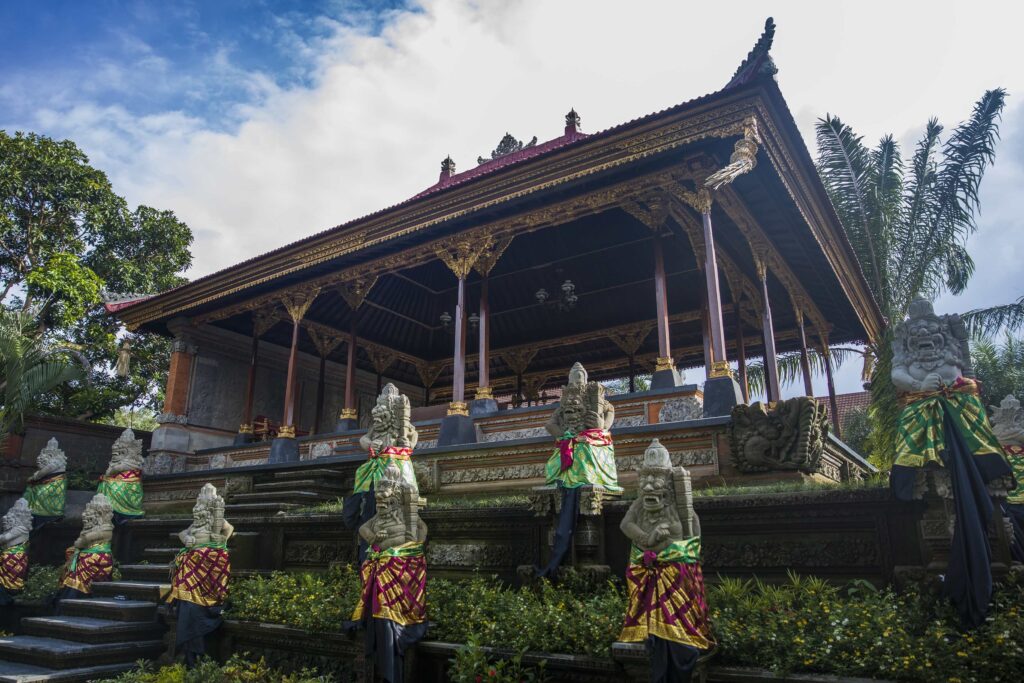
The caste system on the island was, of course, influenced by the system used in India which is where the Hindu faith comes from.
However, Balinese Hinduism is not Indian Hinduism and over time things have changed dramatically between the two.
It’s also worth noting that there was a form of caste system in existence in Bali prior to the adoption of the Hindu faith and this too provides influences over the current system.
Balinese temple festivals and religious ceremonies are both markedly different from the Indian system and now, the caste system is too.
Importantly, since Bali became part of Indonesia, the Indonesian government has strict prohibitions against anyone being mistreated for their caste status.
This means that caste will rarely influence social interactions (most of which are conducted in Bahasa Indonesia now rather than Balinese) and is often really only revealed around the temple priest.
The Modern Influences Of The Social Organization Of Castes In Bali
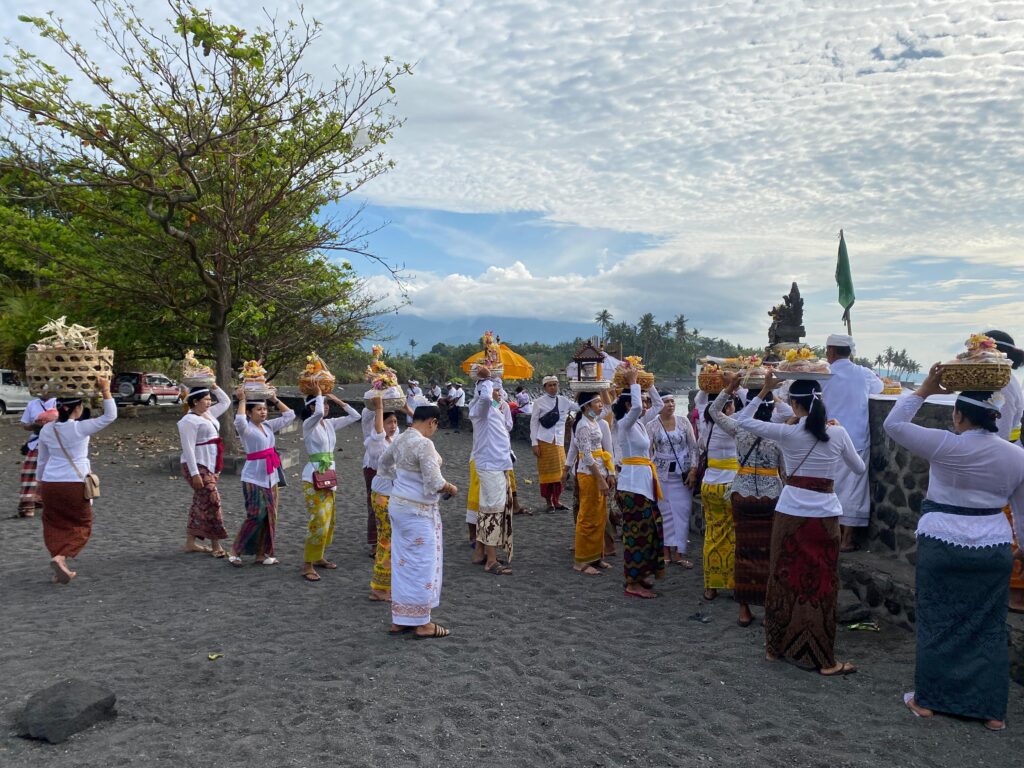
In temple settings, the Brahman caste is usually called upon to carry out specific ceremonial roles and rituals based on their knowledge of the religious rites.
Brahmins are those who administer the last rites at funerals and the ones who conduct purification rituals.
They may also be responsible for maintaining knowledge of Old Balinese, Sanskrit, etc. and relaying their meaning to other members of society.
The Clan System In Bali
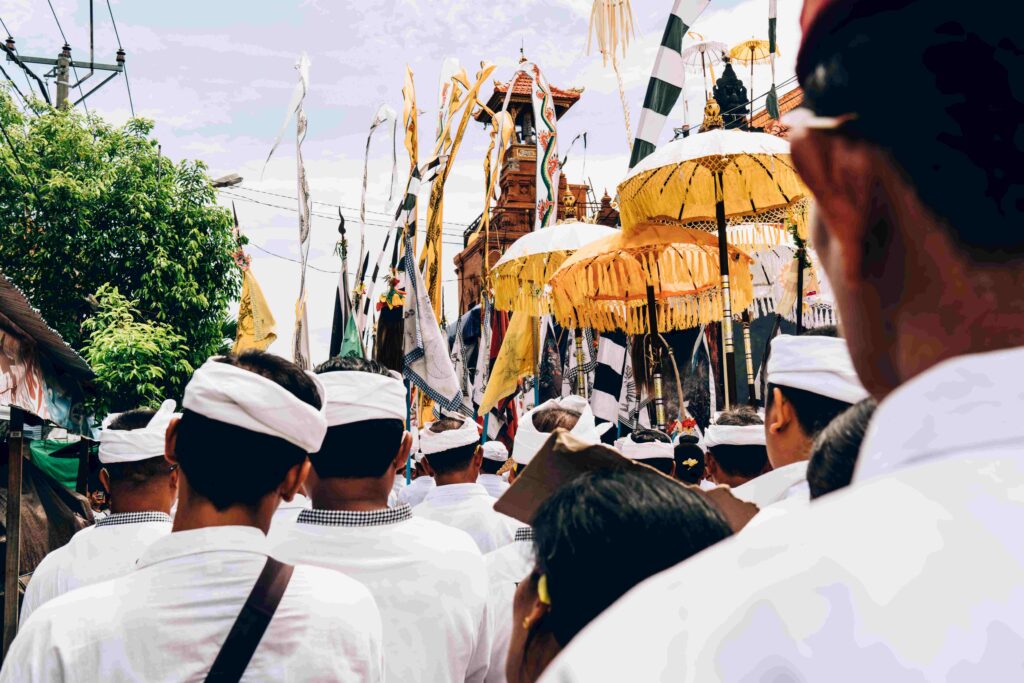
It’s also worth noting that Bali operates a clan system in addition to a caste-based one.
Many Balinese will have their own clan rituals, customs, traditions, etc. and social obligations to other members of their clan.
The two systems are mostly complementary and help to give structure to life here in Bali and help people establish their position in the societal heirarchy.
How Do Balinese People Feel About These Systems?
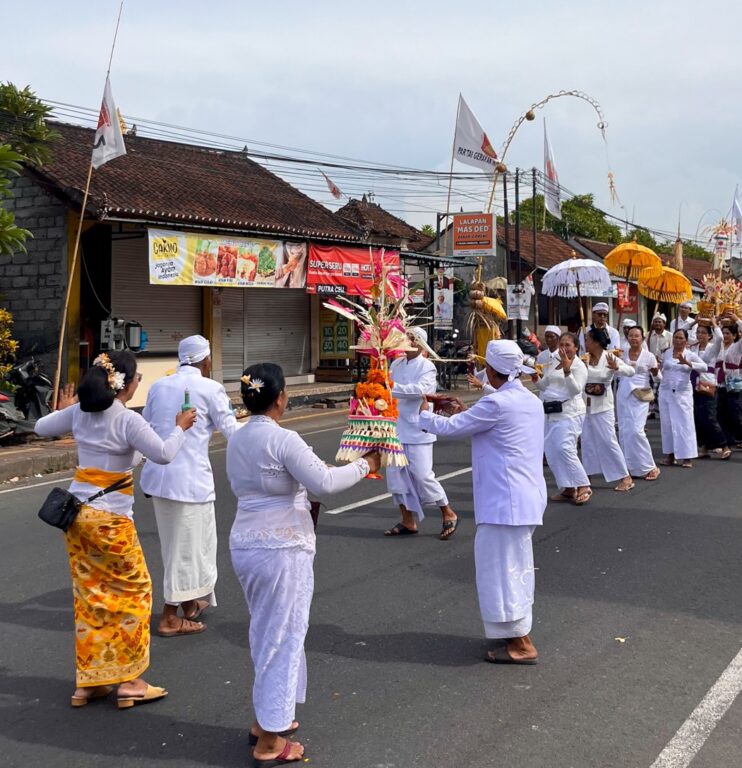
It’s complicated. Some Balinese people are very much in favour of the old ways and they cite the positive influences they have had on the evolution of life on the island.
Others would prefer to see these systems dismantled in favour of more open and equitable systems. They believe that true social mobility will only come from such change.
FAQs
What Is The Caste And Class In Bali?
The caste and class system in Bali are very much the same thing. There are four castes (from lowest to highest social rank): the peasant, the merchant, the warrior and the priest.
What Is The Social System In Bali?
The social system in Bali is the Balinese caste system.
What Caste Is Sudra In Bali?
The sudra are the merchant caste. They are responsible for organizing trade and commerce in Bali.
Some administrative officials are also considered to be members of this class.
Does Caste Status Still Matter In Bali?
Yes. Though the Indonesian government prohibits treatments based on someone’s caste, it’s hard to replace centuries of tradition with an order from Jakarta.
The system in Bali is not as strict or as rigid as the one in India and it is evolving in modern practice but change takes time.
Final Thoughts On Bali’s Caste System
The system of caste in Bali is unique and it offers the people some form of easily understandable social hierarchy.
However, it’s not always equitable and not all Balinese people feel that the system is of value.
This strong tradition is changing and there is less emphasis on caste than there once was, but the people of Bali do not seem ready, yet, to cut all ties with this system.
Learning about the Balinese caste system can help you better understand some of the social interactions around you on the island.






